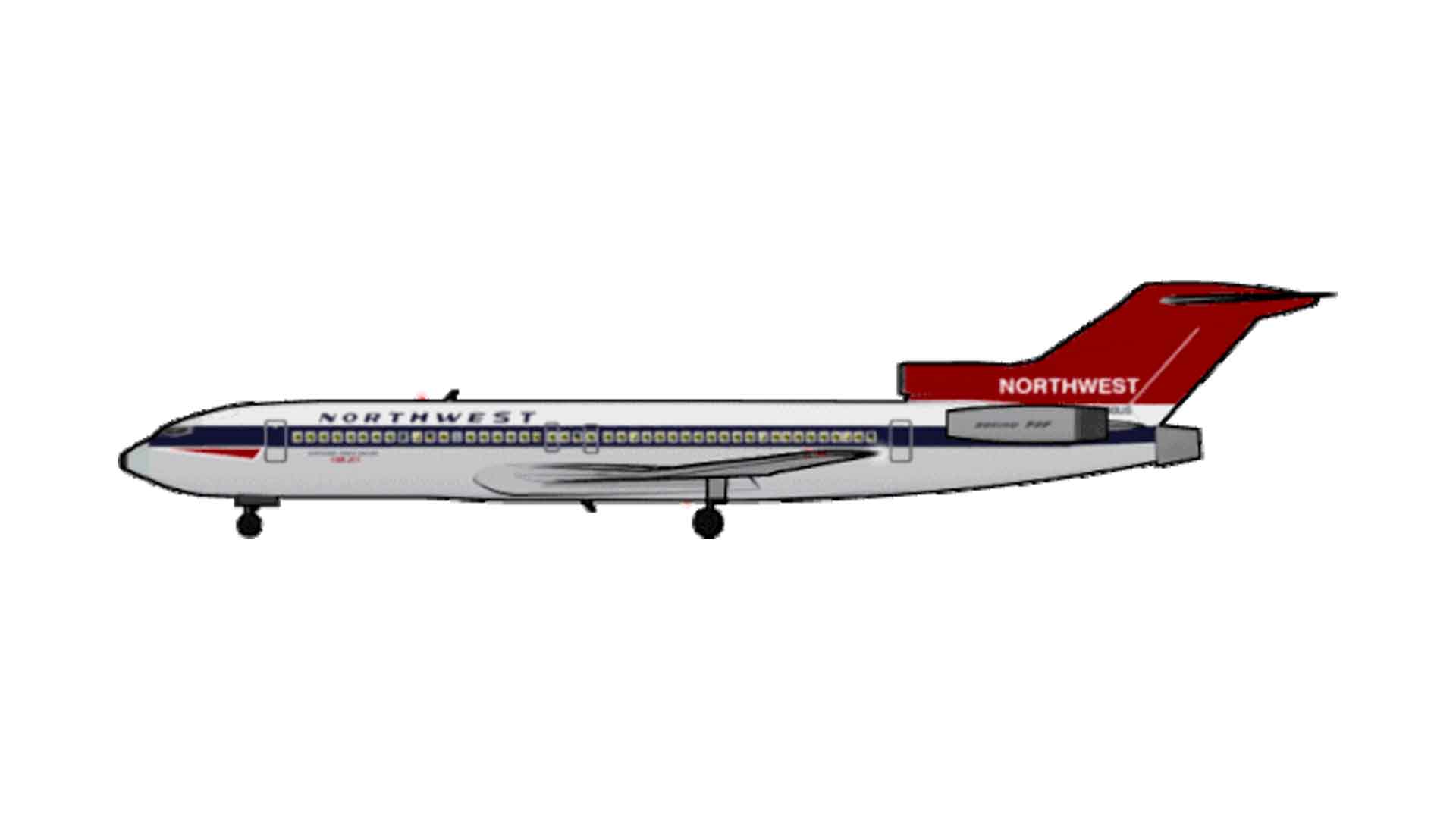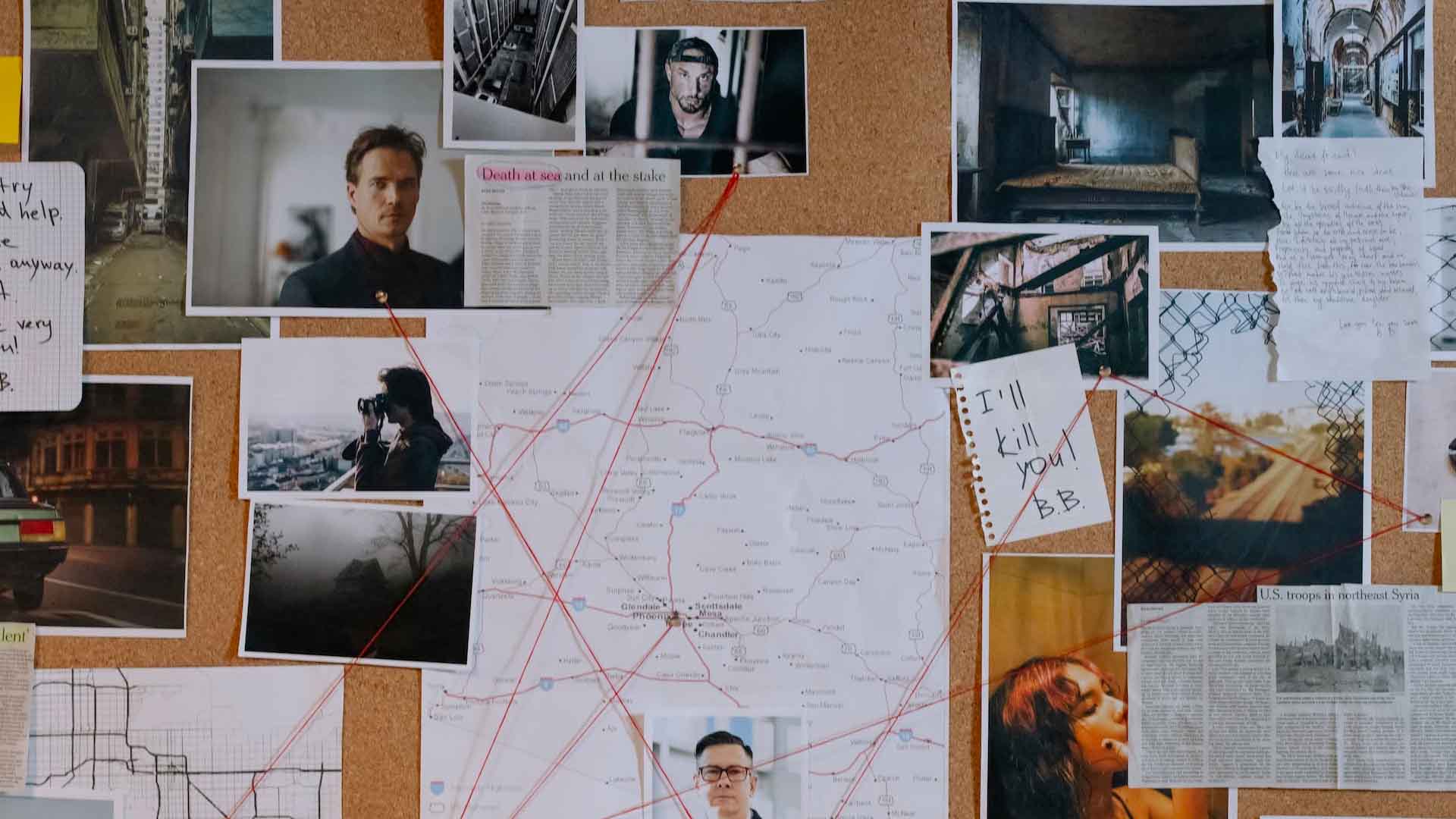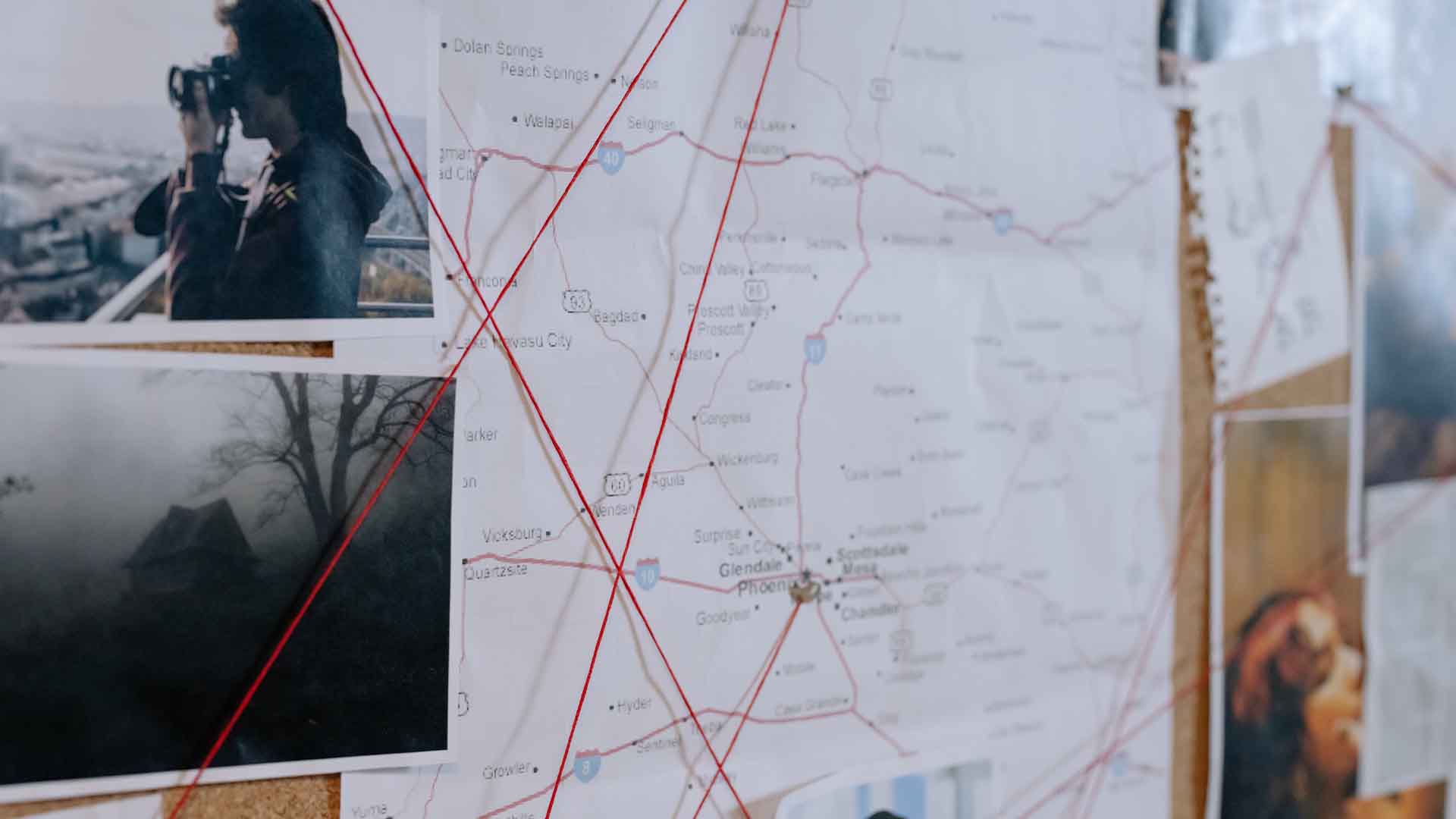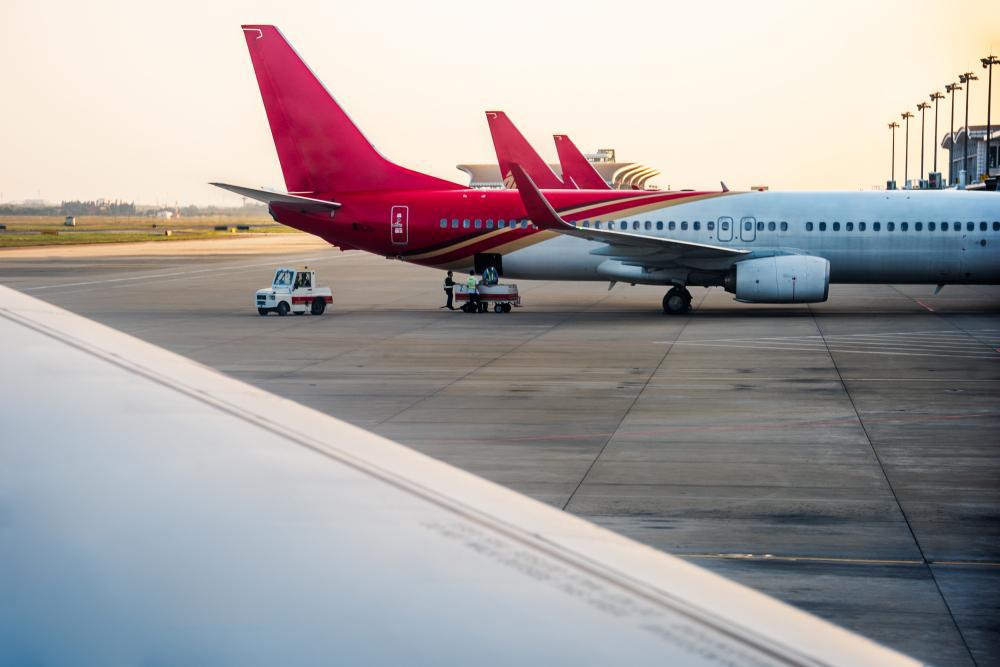In the realm of criminal history, few cases have captured the imagination like the D.B. Cooper hijacking. On Nov. 24, 1971, a man using the alias Dan Cooper boarded Northwest Orient Flight 305, embarking on a plan that would see him leap into infamy.
With no more than a briefcase and a calm demeanor, Cooper was about to execute one of the most audacious hijackings in aviation history. This mysterious figure paid cash for his one-way ticket to Portland, blending seamlessly with the other passengers, setting the stage for a mystery that continues to baffle experts to this day.
The Skyjacker’s Disguise

Dan Cooper was a man of average build, dressed in a business suit with a black tie and a raincoat. His nondescript appearance was a perfect cover, concealing his daring intentions. As the flight took off, nothing seemed amiss; Cooper appeared as just another traveler.
This ordinary exterior hid an extraordinary plan, one that would soon shock the crew and the world. His choice of attire, particularly the tie, would later become a pivotal piece of evidence in the ongoing investigation.
The Hijacking

Midway through the flight, Cooper’s true intentions unfolded. He handed a note to a flight attendant, warning of a bomb in his briefcase and demanding a ransom. His demands were clear: $200,000 in cash, four parachutes, and a fuel truck standing by in Seattle to refuel the aircraft for a possible getaway.
Cooper’s precise demands and his detailed knowledge of aviation suggested this was no impulsive act, but a well-planned and meticulously executed operation.
The Parachute Escape

Upon landing in Seattle, Cooper’s demands were met. He released the 36 passengers in exchange for the ransom and parachutes but kept several crew members on board. The plane took off again, headed for Mexico City.
In a daring move, Cooper opened the rear airstair midflight and parachuted into the dark, overcast sky, vanishing over the dense forests of Washington State. This audacious escape would mark the beginning of one of the greatest unsolved mysteries in FBI history.
The Left-Behind Tie

In the wake of Cooper’s incredible escape, investigators scoured the plane for clues. The most significant was a black clip-on tie left on Cooper’s seat.
Initially an overlooked detail, this tie would later become the centerpiece of modern forensic investigation. The tie, a common accessory of the era, held hidden secrets about its wearer that could only be revealed through advanced scientific analysis.
Unraveling the Clues

Enter Eric Ulis, an amateur investigator driven to solve the Cooper mystery. Ulis focused on the tie, believing it held the key to uncovering Cooper’s identity.
He theorized that microscopic particles on the tie could link it to specific industries or environments. This approach of connecting seemingly ordinary objects to their historical context represented a new direction in the investigation, one that could potentially break the case wide open.
The Crucible Steel Connection

Ulis’ investigation led him to a startling discovery: particles on the tie were traced back to Crucible Steel of Pennsylvania, a major supplier of metals to Boeing during the 1960s (per Popular Mechanics). This link suggested that Cooper might have had a connection to the aerospace industry, possibly even to Boeing itself.
The presence of such particles painted a picture of a man who potentially had more than just a passing familiarity with the world of aviation manufacturing.
A Potential Suspect

Building on the Crucible Steel lead, Ulis zeroed in on a former employee: a titanium research engineer with ties to both Crucible Steel and Boeing. This individual, present in Seattle around the time of the hijacking, emerged as a compelling person of interest.
His professional background aligned with theories suggesting Cooper possessed specialized knowledge crucial to his daring escape. This connection, albeit circumstantial, breathed new life into the decades-old mystery.
The Ransom Money Clue

In 1980, eight years after the hijacking, a significant clue surfaced. A young boy vacationing along the Columbia River near Vancouver, Washington, discovered three packets of the ransom money partially buried in the sand.
This finding was the only physical evidence of Cooper’s trail post-hijacking. While it didn’t provide a direct link to Cooper’s fate, it offered tantalizing hints about his escape route and reignited public interest in the case.
The Enduring Legacy

Today, the D.B. Cooper hijacking remains the only unsolved case of air piracy in U.S. aviation history. Its blend of bold execution, a mysterious protagonist, and the lack of conclusive evidence has turned it into a cultural phenomenon.
The case has inspired books, films, and endless speculation, making D.B. Cooper a near-mythical figure in American folklore. The mystery continues to attract new generations of amateur detectives and curious minds, all drawn to the enigma of Cooper’s identity and fate.
Modern Technology and Old Mysteries

Advancements in forensic science and technology have opened new avenues for solving old mysteries. Techniques such as microscopic particle analysis and DNA testing offer hope in shedding light on the Cooper case.
These modern methods applied to the decades-old evidence, like the tie left behind, could be crucial in uncovering new leads and possibly, the true identity of D.B. Cooper.
The Mystery Continues

Despite extensive investigations and the passage of over 50 years, the D.B. Cooper case remains shrouded in mystery. The FBI formally “reallocated resources” from this investigation in 2016, but for enthusiasts like Eric Ulis and countless others, the search for answers goes on.
The allure of the Cooper mystery lies not just in its unsolved status, but in its challenge to our understanding of criminal ingenuity and daring. As long as the tie and other clues exist, so too does the hope of unraveling the enigma of D.B. Cooper.
